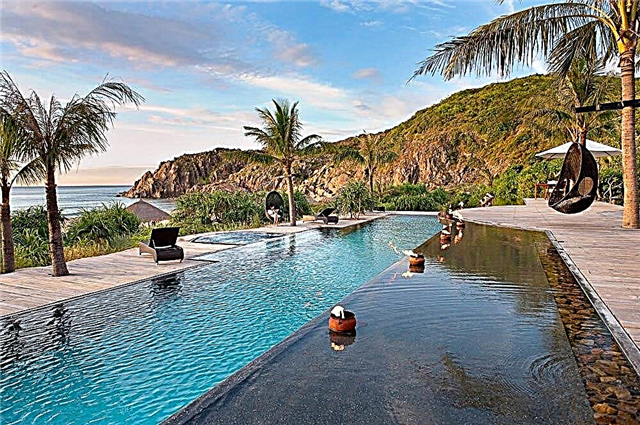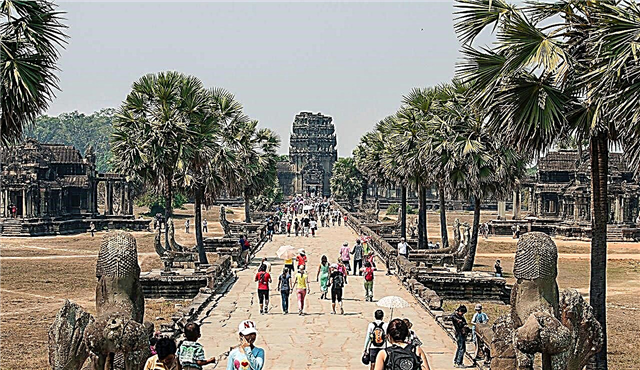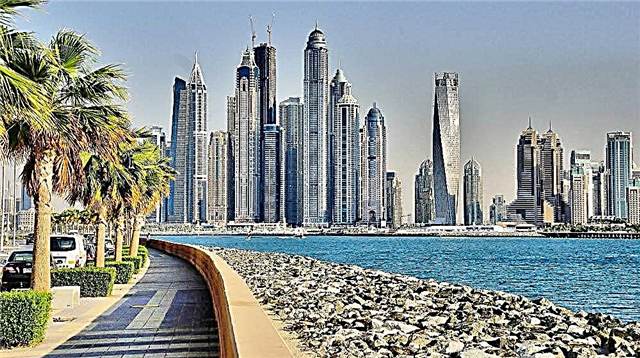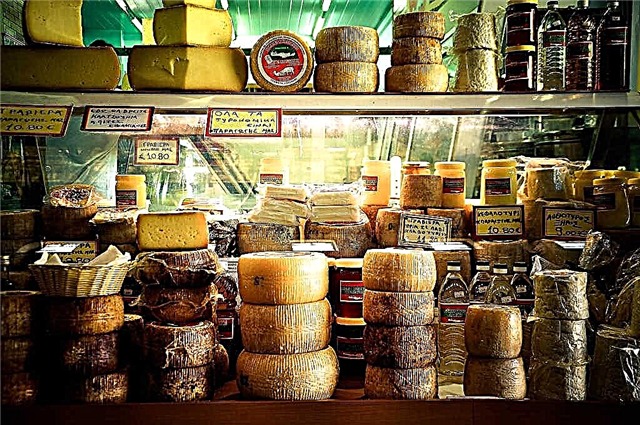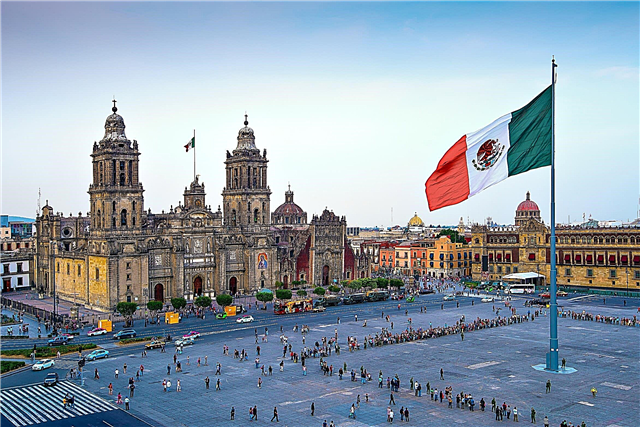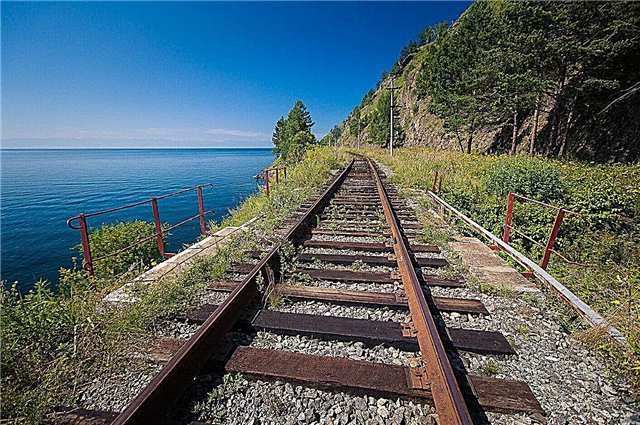The Irkutsk region for tourists is, first of all, a collection of amazing natural objects, from Lake Baikal to various protected areas. If we talk about the capital of the region, then the museums of Irkutsk can give way only to the Moscow ones. The art gallery has an impressive collection of paintings, and the local history museum has existed since the 18th century, and its exhibits are real treasures of expeditions to develop territories.
Some objects, like the Shishkinsky writings, are in danger, as they are poorly guarded. We must have time to get acquainted with this archaeological miracle. Pilgrims can visit Orthodox monasteries and churches, as well as sacred mountains and places where shamans have performed their rituals since antiquity.
The most interesting and beautiful places in the region
List, photos with names and descriptions of popular attractions!
Lake Baikal
Contains the largest reserves of fresh water. The uniqueness of the natural site is complemented by endemics: both animals and plants. The area exceeds 3.1 million hectares, the coastline is 2 thousand km. The greatest depth is 1.6 km. Attractions: the lighthouse and the embankment in the "Baikal harbor", capes and bays, the Chersky peak, yurts installed on the shore, etc. Ecotourism is developed, excursions start in large cities nearby.

Circum-Baikal Railway
It was built from the beginning to the middle of the last century. Length - 260 km. The name refers both to the entire route and to the section at 89 km: Slyudyanka II - Baikal. The stations at the stations are different: from wooden to brick. The road is not used as actively as it used to be. Particularly noteworthy are its tunnel sections. In some there were landslides, but the absolute majority are suitable for the passage of trains.

Thalaya Spring
It is one of the Munok water sources. The name was obtained from the loan. Location - the right bank of the Kirenga. You can get there on foot or by transport from Ulkan station, overcoming 20 km. The composition of the water is unique in its own way: there is radon and no hydrogen sulfide. Mineral water is useful for the liver, raising the immune system, kidneys and restoration of vision. A mini-plant for bottling water has been operating nearby since 2004.
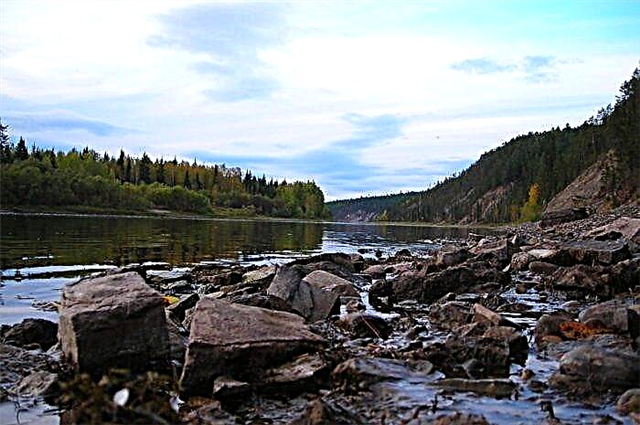
Olkhon Island
The largest of the Baikal islands. The area is 73 thousand hectares. The surrounding islets and Olkhon are part of the Pribaikalsky National Park. There is a permanent population. It is separated from the mainland by two straits. Sightseeing: museum of local lore, Shamanka rock, ruins of a protective wall at Cape Khorgoy, Peschanoe tract. You can get to the island by ferry, before that you need to get a permit.

Cape Burkhan (Shamanka rock)
Located on Olkhon Island. It has two peaks, 30 m and 42 m high. It goes deep into Lake Baikal on a narrow stretch of land. Many legends and myths are associated with the Shaman cave. This place was sacred, rituals were held here. There are two entrances, and a cave was formed due to the weathering of rocks. On the side, on the rock, an outcropping of the rock is clearly visible, which is similar in outline to a dragon. Awarded the status of a natural monument.

Glaciers of Kodar
The object, which was not believed until the end of the 50s of the last century, is unique for several reasons. It is located far from the seas and oceans, the climate is not very suitable for the formation of glaciers, the location is below the conditional snow line. The total number of glaciers is about 40, and their area is 900 hectares. The ridge of the same name, where this geological monument is located, is part of the Vitim reserve.

Baikal-Lensky nature reserve
Founded in 1986 and covers an area of more than 659 thousand hectares. Since the weather here is capricious, you need to carefully choose the time to visit the territory and stock up on replacement clothes. Sightseeing: Baikal and the islands located on it, the source of the Lena, trees, including cedars, growing in the area for several centuries, a stone wall 900 m long, about which little is known.

Pribaikalsky National Park
It has existed since 1986. Created to preserve the endemics of Lake Baikal. The area is more than 417 thousand hectares, partially including three districts of the region. Here is one of the largest waterfowl wintering grounds in the country. Attractions include natural monuments, for example, the "Courage of Life" cedar, Shaman-Kamen, Maloye More - a part of Baikal with tourist infrastructure, islands and active fishing.

Ethnographic Museum "Taltsy"
Opened in 1969 in the village of the same name. On an area of 67 hectares there are objects that reflect the characteristics of the 17th-20th centuries. The first to appear in the museum were wooden buildings that had been moved from the flooded areas. In "Taltsy" there is an Evenk camp, a tower of the Ilimsky prison, a blacksmith's area, an ice slide. In addition to buildings and open-air displays, the collection includes about 8 thousand items.

Lena cheeks
They are located in the area from the mouth of the Ichera to the mouth of the Vitim. These three bends of the Lena channel are rocks, up to 200 m high. They stretch for 3 km and are heterogeneous along their entire length. There are no separate names, but they are numbered. This area is considered very difficult to navigate. When ship traffic was active here, a signalman worked on an ongoing basis to avoid disaster.

Icebreaker "Angara"
It is one of the oldest surviving ships of this type. It was first launched in 1990. It performed its functions on Lake Baikal and was in demand before the construction of the railroad. Since 1990, he was sent to an eternal stop in the Irkutsk reservoir, where he became a museum. Inside, the ship's furnishings are partially preserved, and some rooms are reserved for the exposition.

Baikal-Amur Mainline
It was built in several stages, from 1938 to the 21st century. The length of the railway line is 39819 km. This makes the BAM one of the longest on the planet. As the road is congested, modernization and expansion is needed. One of the most active railway sections in the country in terms of operation. The laying of new segments of the highway will help with the development of the region.

Glazkovsky bridge
Previously called Old Angarsk, in 2011 it was renamed. Built in 1936 across the Angara in Irkutsk. Length - 1245 m, width - 18 meters. It has 37 supports and 4 spans. On the bridge, both four-lane car traffic and pedestrian traffic in special zones on both sides are permissible. There are also tram lines. Statues were supposed to stand on 4 pylons, the project was accepted, but not completed.

Patomsky crater
Discovered in the Bodaibo region in 1949. This cone-shaped object has a diameter of 80 m. It looks especially impressive from a distance or from a height in summer or late spring. There is rather dense greenery around, and in the center of the conditional glade there is a towering gray crater (due to the peculiarities of the rock) with a convex core. His research continues to this day, there is no consensus about the age of the geological miracle.

Baikal Astrophysical Observatory
Works since 1980 in Listvyanka settlement. The place of construction was not chosen by chance, there is a favorable microclimate for observation. Telescopes of various types are available to collect data using all known methods. The main tasks of the observatory are to study solar activity and unusual phenomena associated with the sun. In 2018, a part of the equipment was replaced and improved.

Znamensky monastery
It was first mentioned at the end of the 17th century. Located in Irkutsk. After the revolution, it gradually lost its former influence and was closed. Restored in the mid-90s. The uncovering of the relics of St. Innocent played an important role in this. In 2004, the country's first monument to Kolchak was erected nearby. A special place in the monastery is occupied by the necropolis, where prominent figures and not only churchmen were buried.

Church of the Savior
It is located in Irkutsk and belongs to the territory of the now defunct city Kremlin. First mentioned in 1672. The stone building replaced the burnt wooden one already in the 18th century. Under Soviet rule, they planned to demolish it several times, but in the end they gave it up for a museum. Extensive outdoor murals have survived. A major reconstruction is underway, the temple is currently owned by the Russian Orthodox Church.

130th quarter of Irkutsk
The city has deliberately created such a zone of historical buildings. Unique architectural monuments of different years have been preserved or have been transported here. The territory includes 6 museums, 5 hotels, an exhibition hall, cafes, restaurants and other facilities, both tourist and municipal. One of the attractions is the sculpture of Babr. Installed in 2012, it has a height of more than 3.5 m. Babr is a translation of the name of the Ussuri or Amur tiger.

Victor Bronstein Gallery
Private collection, the largest beyond the Urals. Located in Irkutsk and opened to tourists in 2011. The total number of exhibits exceeds one and a half thousand, it is sculpture, painting, graphics. The patron has been collecting his collection since the late 90s. In addition to the permanent exhibition, the gallery sometimes hosts temporary exhibitions, for example, from other countries, and also sends its works of art on tour.

Baikal Limnological Museum
Initially, it belonged to the department of the Russian Academy of Sciences, but in 1993 it became independent. In 2008, the museum opened an environmental center and a summer school. Museum activity concerns the study of the peculiarities of Lake Baikal, and the exhibits here are appropriate. In addition, extensive educational work is being carried out. Data is collected and processed online using modern methods.

Nerpinary in Listvyanka
Opened since 2009. Shows with the participation of trained seals are held on a regular basis. The idea to do this kind of work came up with biologists. Performances are held several times a day. These animals are considered one of the symbols of Lake Baikal. Among others, local stars perform in front of the audience - seals Tito and Nessie. There are souvenir shops, you can take a photo with the stars.

Bratsk hydroelectric power station
Construction started in 1954, and 12 years later the units were fully commissioned. The country's third largest hydroelectric power plant is important for Siberia as a whole. The height of the dam is 125 m. A memorial plaque was erected in honor of the builders. Thanks to its creation, the Bratsk reservoir was formed. Its volumes are constantly changing, depending on the season and production.

Sacred Mount Yehe-Erdo
The literal translation of the name is “big protruding”. The mountain can be easily found 2 km from Lake Baikal near the village of Elantsy. The hill is of the correct form and has a height of 34 m. It is one of the objects of worship of the ancient Buryats, who spent their holidays here. And only shamans climbed to the top during important dates. The ceremonies were mainly associated with requests to local patron spirits.

Museum "Angarsk Village"
Founded in Bratsk in 1979. The buildings typical of the Evenk people have been recreated here. It is located in a green area, which allows organizing festivals and folk festivals here. The open-air exposition is divided into sectors. For example, in Russian there are monuments of wooden architecture of different years. Over the course of several years, the Bratsk prison of the 17th century has been restored.

Vitim reserve
Year of foundation 1982. Area - 585 thousand hectares. Refers to mountainous areas and the Arctic Ocean basin. Local lakes, including Oron, are of particular value to explorers and tourists. The location explains the rather harsh climate. Temperatures drop below -50 ° C and winter comes early. Although the forest covers just over 10% of the territory, there are rare plants.

Shishkinsky writings
An archaeological monument was found on the banks of the Lena River near the village of Kachug. In total, there are about 3 thousand drawings, and they occupy rocks in varying degrees of frequency over a length of 3.5 km. The most ancient ones belong to the Neolithic. Some drawings are very clear and depict scenes from life or animals, many illegible symbols. Scripture is in jeopardy, as warnings do not protect against vandals.

Regional Art Museum
It bears the name of V.P.Sukachev, whose art gallery became the basis for the museum. In 1920, the entire collection, together with the estate, was donated to the state. The mansion itself is an architectural monument. Now the funds number about 22 thousand exhibits. They are not only Russian, but also foreign: Western Europe, the East, etc. The museum holds thematic events, chamber evenings, meetings with artists.

Regional Museum of Local Lore
It is considered the oldest in Siberia, since it was founded in the 18th century in Irkutsk. Initially, the materials of the expeditions and the brought unusual exhibits were kept here. Over the years, the collection has been replenished and is now divided into halls. 8 departments cover the main directions, from history to fashion and media. Transitions on sightseeing tours are smooth and show how different directions can be combined.

Ukovsky waterfall
It can be found after driving 18 km from Nizhneudinsk. Received the status of a federal nature monument. Height - 20 m, width - 10 m. Since it is located in the corner of the gorge, it seems to be a monumental stepped structure. The stream is quite powerful, but changeable, depending on the season. In winter, the water freezes, which is also popular with tourists; the waterfall looks like a man-made sculpture.

Tazheranskaya steppe
It spreads between the Primorsky Ridge and Baikal. The closest settlement is Elantsy. This is a prehistoric massif that stands out from the local reliefs. This is how it attracts tourists. There are rumors about the semi-precious stones found here. The area is rich in caves and mineral lakes, some of which are still poorly understood. Researchers have established that there were risers of ancient people here.


